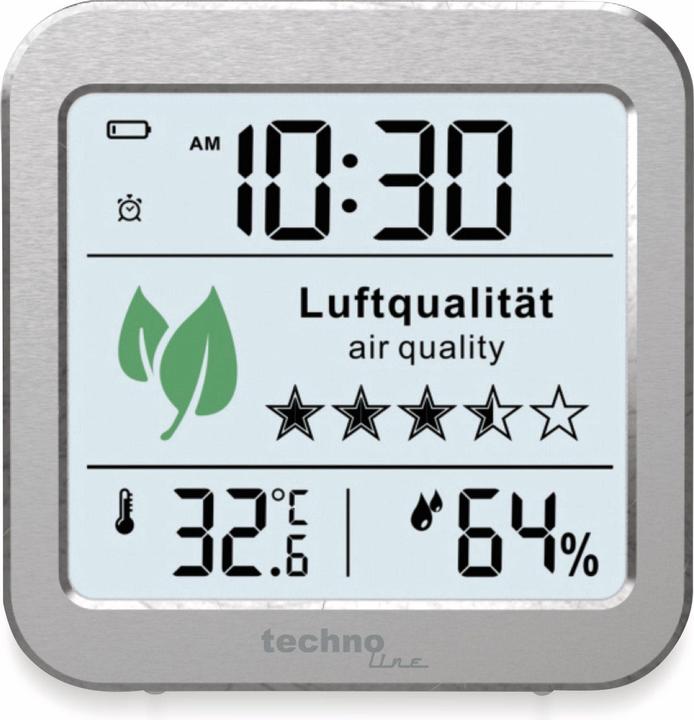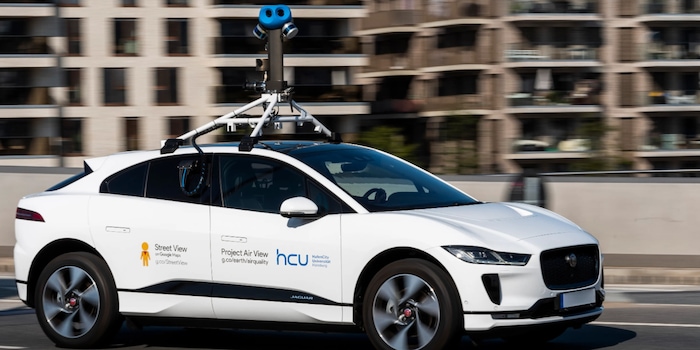

Air pollution: Google collects air quality data
Air pollution is the fourth leading cause of death worldwide. Read on to find out why experts are urgently calling for lower limits and how Google strives to contribute to air quality by providing more accurate data.
It’s well known that polluted air can cause health problems – not just in well-known smog hotspots. Just how serious the danger is, however, may come as a surprise to some. Fine particles, nitrogen dioxide, ozone and the like kill millions of people every year. Air pollution is the fourth most common cause of death worldwide.
Take a deep breath – or better not?
If you live in Switzerland, you can literally breathe a sigh of relief. As the real-time air quality index by non-profit organisation World Air Quality Index Project shows, almost everything is fine in Switzerland. The numbers for Germany are similarly positive. And yet, in some places, the truth may be quite different. While more and more air quality data is collected, it’s often not accurate enough to say exactly how high the pollution is in a specific location. Quite often, the values for the various pollutants such as nitrogen, carbon monoxide and dioxide or fine particles vary greatly from district to district. So if only one air pollution value is available for the entire city, it can hardly reflect the differences between, for example, industrial and residential areas or along busy roads.
If you want to take your own measurements, you can resort to weather stations featuring air quality sensors.

Google e-cars collect local pollution data in big cities
To track down these subtle local differences, Project Air View was launched in Hamburg in September 2021. For 15 months, electric cars from Google drove through Hamburg’s city centre equipped with sensors supplied by air conditioning company Aclima. They collected data on six air pollutants (nitrogen monoxide (NO), nitrogen dioxide (NO2), carbon monoxide (CO), carbon dioxide (CO2), ozone (O3) and fine particles). Together with the CityScienceLab of HafenCity University Hamburg (HCU), the results were evaluated and presented. If you’re interested in the exact data, you can find it on the Hamburg Open Science Platform as well as the according maps via Google’s Environmental Insights Explorer.
These results aren’t only useful for individuals, but can also provide added value for urban planning projects. For example, the local air quality values resulting from traffic can be compared with demographic or social data. The additional Street View images available can also help to better understand the causes of unusually high or low values. With this additional information, air quality can be taken into account when planning a playground, for example, and can be considered when deciding on locations or planning vegetation.
The question about limits
When it comes to air quality, the limits that have been in place up to now pose another risk. It seems that even if the limits of fine particles and the like aren’t exceeded, there’s still a danger. A study published in the magazine Nature in February 2023 showed, among other things, that air pollution can be identified as a cause of lung cancer in Germany, despite complying with the limits for air pollutants. Therefore, the WHO recommends lowering the limits for fine particles.
Header image: Google Air View
Science editor and biologist. I love animals and am fascinated by plants, their abilities and everything you can do with them. That's why my favourite place is always the outdoors - somewhere in nature, preferably in my wild garden.
Interesting facts about products, behind-the-scenes looks at manufacturers and deep-dives on interesting people.
Show all

